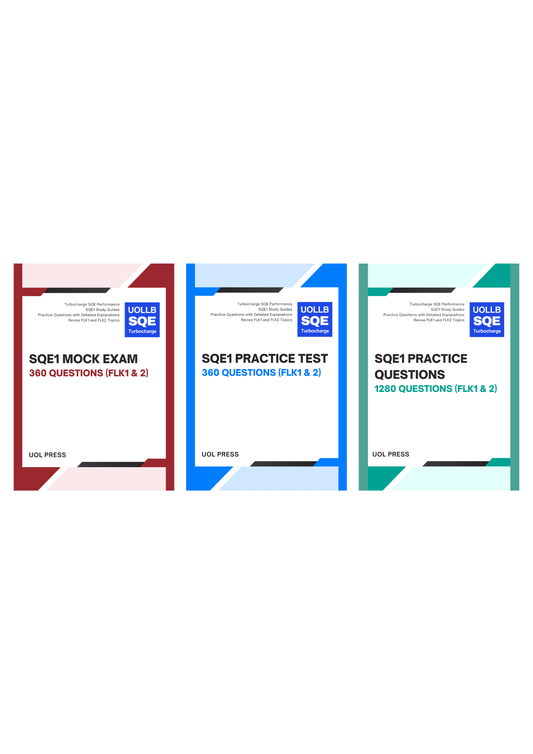Dichotomy between Idea and Expression in Copyright Law
Share
The dichotomy between idea and expression in copyright law refers to the distinction made between the underlying concepts or ideas embodied in a creative work and the specific way those ideas are expressed or manifested. This dichotomy is essential in determining the scope of copyright protection.
Copyright protection extends to the expression of ideas rather than the ideas themselves. This means that the particular form, arrangement, sequence, or combination of words, images, sounds, or other elements that give shape to the creative work may be protected by copyright. The copyright owner has the exclusive right to reproduce, distribute, perform, display, and create derivative works based on their original expression.
On the other hand, ideas, concepts, principles, or factual information are not subject to copyright protection. Copyright law does not grant a monopoly over abstract ideas or general concepts. This ensures that others are free to explore and express the same ideas in their own unique ways without infringing on copyright.
The idea/expression dichotomy serves several important purposes. It encourages creativity and innovation by allowing different authors to bring their own perspectives and interpretations to similar ideas. It promotes the free flow of information and the development of knowledge by allowing others to build upon existing ideas. It also prevents the stifling of competition and the creation of monopolies over fundamental ideas or concepts.
However, determining where the line falls between idea and expression can sometimes be challenging and requires careful analysis. Courts consider the level of abstraction, the degree of originality, and the specific context of the work in distinguishing between idea and expression. The exact standards and interpretations of the idea/expression dichotomy may vary to some extent between different jurisdictions, as copyright laws can differ from country to country.




























































